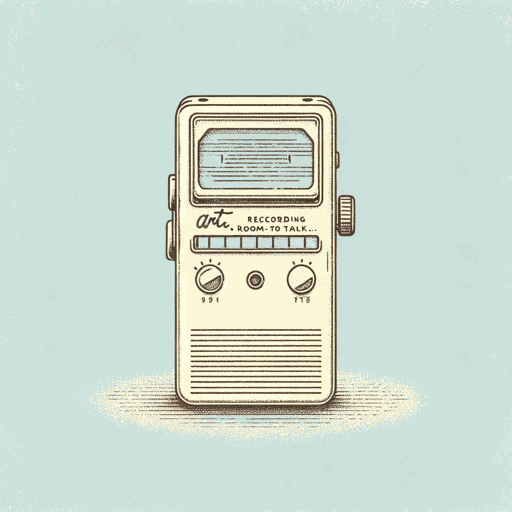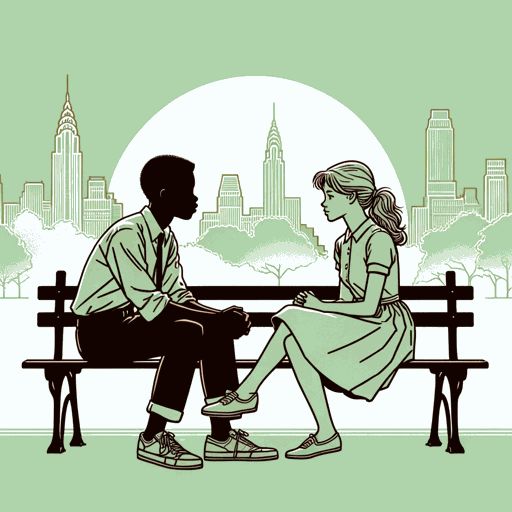47 pages • 1 hour read
Jacqueline WoodsonAfter Tupac and D Foster
Fiction | Novel | Middle Grade | Published in 2008A modern alternative to SparkNotes and CliffsNotes, SuperSummary offers high-quality Study Guides with detailed chapter summaries and analysis of major themes, characters, and more.
Themes
The Impact of Cultural Icons on Adolescents
Content Warning: This section contains discussions of race, racism, racial identity, anti-gay bias, gun violence and fatalities, wrongful conviction/imprisonment, and the foster system.
One idea that Jacqeline Woodson explores throughout the novel is the huge impact that cultural icons such as Tupac Shakur can have on adolescents as they are growing into their identities and thinking about their futures. The events of Tupac’s life and the content of his music are intertwined with the narrator’s and her friends’ own experiences. Not only do they see themselves reflected back in him, but they also see a model for what their lives could become in the future—for better or worse. The way Woodson portrays the girls’ intense connection with Tupac encapsulates a common adolescent experience. Many teens have an icon that is important to them, and even adults might recall a famous person they identified with or idolized during their adolescence.
Just as every individual has their own reasons for relating to a cultural icon, Tupac means different things to different people in the novel. D and Jayjones talk about how he speaks for them and tells their stories. As a child in foster care, D can relate to his feelings of abandonment while his mother was in prison.
Related Titles
By Jacqueline Woodson

Another Brooklyn
Jacqueline Woodson

Before the Ever After
Jacqueline Woodson

Brown Girl Dreaming
Jacqueline Woodson

Harbor Me
Jacqueline Woodson

Hush
Jacqueline Woodson

If You Come Softly
Jacqueline Woodson

Locomotion
Jacqueline Woodson

Miracle's Boys
Jacqueline Woodson

Red at the Bone
Jacqueline Woodson

The House You Pass on the Way
Jacqueline Woodson
.webp&w=3840&q=75)
